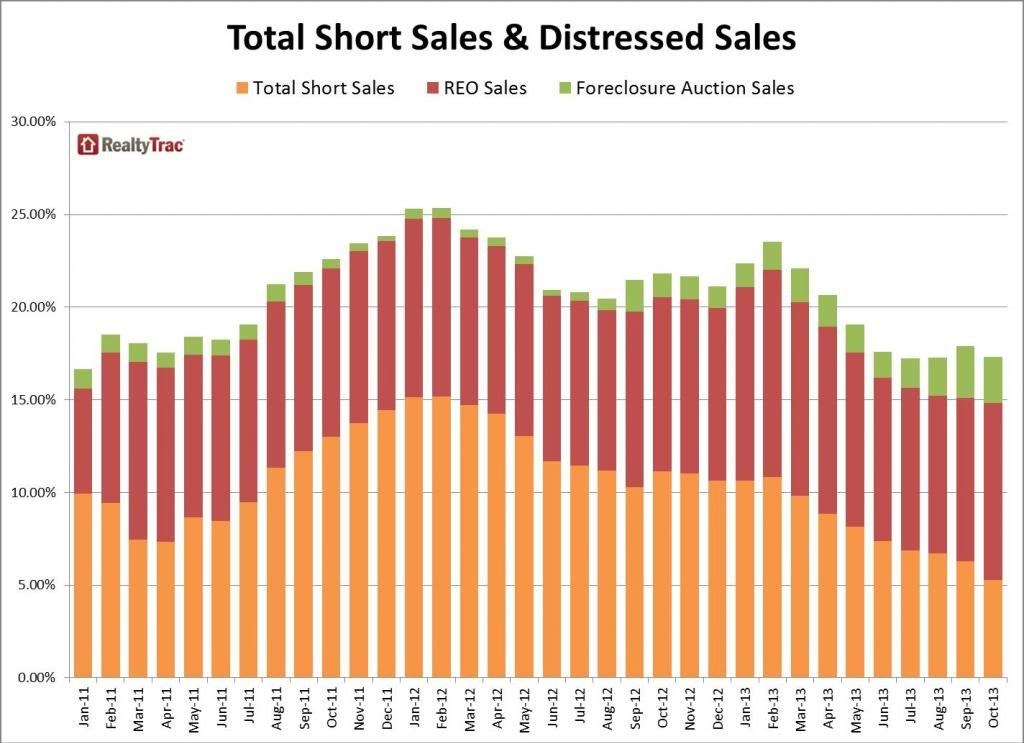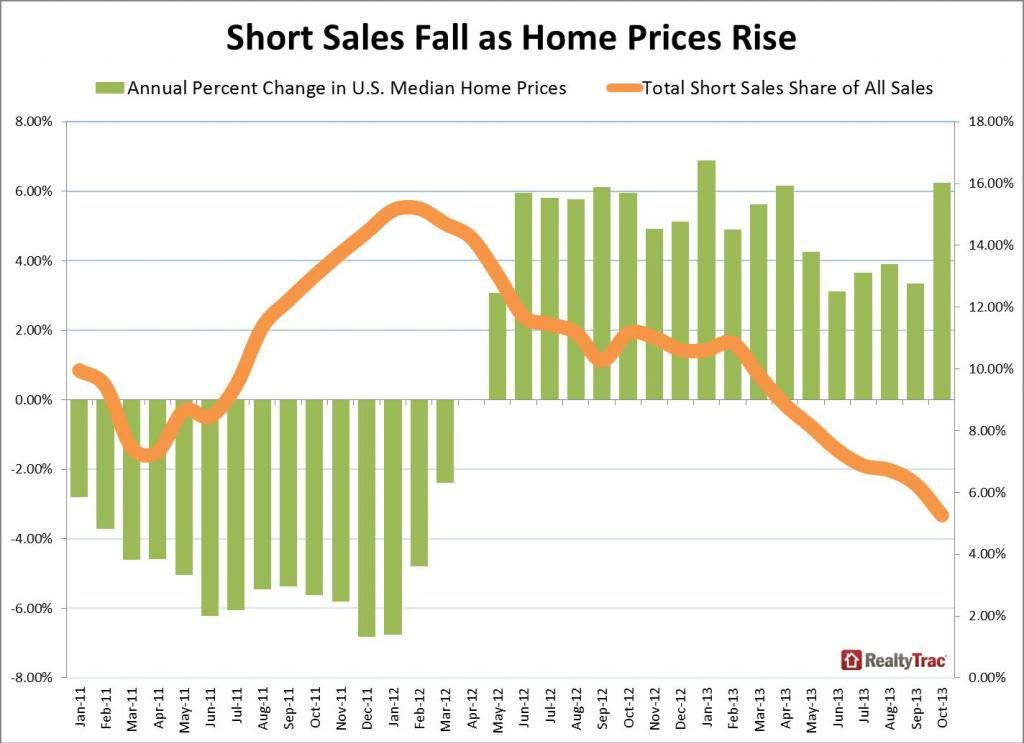This is a look at the 10 hottest home design trends anticipated for the new year.

Home design trends come and go — sometimes slowly and sometimes lickety-split. But some trends become classics and remain strong, while others go out the window.
The best advice we can give recent buyers or soon-to-be sellers is not to copy any trend blindly, especially if it doesn’t work with your budget, decor, personal preference, or lifestyle. It’s smart for your clients to be more cautious with expensive, permanent parts of their home environment, but more daring with easy-to-switch dishes, wall paint, and pillows.
Here are 10 trends that are coming on big in 2014:
1. Wider, reclaimed wood and wood-like porcelain floors. Wood floorboards are getting wider—often up to 5 and 6 inches, stained warm gray, and cut from several tree species. We are also seeing less of the hand-scraped look, which was costly to produce. Yet, boards can be personalized in other ways. Bole Floor uses a technique that gives floorboards a natural-looking curve, which also allows for more boards from each tree. Other companies like Maine Heritage Timber recycle logs from older trees, which adds warm patina. These reclaimed boards can look amazing whether in traditional or contemporary settings. Porcelain flooring has become more popular, too, because it’s indestructible and available in unlimited styles, sizes, and colors.
2. Simpler cabinets, bigger drawers. A major shift is occurring in kitchen cabinets: Warmer gray tones are replacing oranges and browns for a more authentic look. Styles also have shifted from traditional and detailed to more transitional and mid-century modern, since cleaner designs tend to give a kitchen a more timeless look. To fit these styles, hardware is less visible, more modern, and sometimes integrated into the doors. Instead of lower cabinets, big drawers are favored because they’re easier to access and can be fitted with removable storage receptacles.
3. Paint palettes. After years of beiges and whites many home owners are now opting for more varied colors. Color forecasters agree that gray, especially a warmer hue, is the “it” gal in home design for 2014. Overall the look is lighter, fresher soft corals, shell colors, sea greens, lavenders, and misty blues — sometimes mixed with more potent purples and metallics and a decrease in Tuscan palettes. Jackie Jordan, director of color marketing for Sherwin-Williams, says four color palettes are emerging: black, white, and gray layered with textures and warm woods; soft flesh tones, beiges, grays, and off-whites; deeper romantic hues, like purple, teal, red, and some oxided golds and coppers; and globally inspired, ethnic brights balanced by neutrals.
4. Indoor-outdoor living. The trend for indoor and outdoor spaces to blend seamlessly continues with more rooms having multiple sets of French doors that open to the outside, as well as big windows that bring in the outdoors visually. Solariums with screens for fresh air in summer, and screened or covered porches that link a house with patio and pool are also coveted home features. Even freestanding outdoor structures are being spiffed up. Pool houses may feature more than changing rooms and bathrooms; some owners are adding cooking equipment, fireplaces, and terraces with living room-style seating, wireless sound systems, and weather-protected TVs. Also expect more pizza ovens, fireplaces, fire pits, and propane heaters to extend use.
5. Kitchen color, energy efficiency, and new materials. Several trends are changing up the look of the kitchen, the room where everyone still wants to hang out:
- After years of playing it safe in color in appliances, some home owners are willing to go bold. Bertazzoni is manufacturing its professional-style ranges in “vitamin” colors of red, yellow, and an orange it calls Arancio.
- Bertazzoni, Thermador, and other companies are making their ranges eco-friendly, energy efficient, and more about healthy cooking with new steam oven models.
- Smaller is in when home owners downsize. Bertazzoni’s range is available in a 30-inch version.
- Instead of giving up valuable space for a desk, home owners are shifting more toward smaller work areas that allow them to recharge phones, tablets, and other portable devices, as well as a place to leave their mail and keys, says designer Jennifer Gilmer.
- New materials are replacing standard-bearers. One example: After years of seeing granite top so many counters, metals are coming on strong, such as hot rolled steel, says Gilmer.
- The mismatched, unfitted look is disappearing, replaced by cabinets that fit together more like a jigsaw puzzle and reflect a cleaner, tidier look, says Morgante.
6. Bathroom kudos. Bathrooms continue to become more luxurious and we see several trends coming on stronger in 2014:
- TVs integrated into medicine cabinets to avoid having a separate TV visible all the time, such as a sleek one from Robern.
- Bigger steam showers—sometimes 7 feet by 4 feet—equipped with built-in speakers, an iPad docking station, Bluetooth connectivity, and aromatherapy. Gone are the panoply of jets and sprays that made some showers resemble a human car wash, Dumel says. In their place may be dual controls for two to shower at once with different temperatures. Also popular are rain heads that provide a softer, but still drenching, spray rather than the sharp needle effect. Infinity drains that run the length of a shower floor eliminate curb designs.
- For men who don’t want to worry about fogging up a mirror when shaving, there are more antifogging devices available.
- Washlets can now introduce greater comfort and cleanliness with an integrated, self-cleaning nozzle that releases a warm, soothing stream of aerated water; many also have a heating device and deodorizer.
- Though many do without a tub or a whirlpool, others want the option if there’s room and funds in the budget. Freestanding models are favored.
7. Technology wow. As you can see with all aspects of home design, technology systems are being integrated more and more, at all price ranges and complexities. From heat to lighting, security to sound and entertainment, and windows and window treatments to doors, technology is a home owner’s friend whether they are home or away. Spurring this trend is less costly wireless technology, sometimes one-and-a-half times less than hard wiring. At the high end, he sees home owners adding digital backsplashes with displays to watch TV or cycle through digital files of kids’ artwork or family photos. Many home owners are beefing up their networks to business-grade levels.
8. Global style. The shrinking world means more ethnic fabrics and handcrafted artworks mixed into traditional, transitional, and modern spaces. African and Asian pieces will be particularly popular, along with more embroidered fabrics. Rugs overdyed with bright and subdued tones are popular. These rugs bring great color and warmth. They’re more contemporary and edgier than their traditional counterparts.
9. Personalized quality. After years of tight budgets, there’s a return to quality as consumers spend more on choice pieces. Designer Claudia Juestel of Adeeni Design Group in San Francisco searches for artisans who fashion bespoke pieces to create one-of-a-kind interiors. The designs she and others favor incorporate craftsmanship and time-honored materials while utilizing modern technology, too. Some examples of her favorite artisans: Paul Benson for metal furnishings and accessories; Kyle Bunting for decorative hide rugs; Michael Coffey for sculptural furnishings; and The Alpha Workshops for a wide variety of unique products.
10. Accent chairs. While big comfortable sofas are always the go-to seating in most rooms, accent chairs for an extra perch and pop of color are coming on strong, says Kristen Pawlak, with Decorating Den in Louisville, Ky. “They’re small, affordable, and a way to add an accent for little cost. They also can introduce a new style to a room. Just be sure to keep it in the same scale as other furnishings,” Pawlak says.
If you, or someone you know is considering Buying or Selling a Home in Columbus, Ohioplease contact The Opland Group. We offer professional real estate advice and look forward to helping you achieve your real estate goals!
The Opland Group Specializes in Real Estate Sales, Luxury Home Sales, Short Sales in;Bexley Columbus Delaware Downtown Dublin Gahanna Grandview Heights Granville Grove City Groveport Hilliard Lewis Center New Albany Pickerington Polaris Powell Upper ArlingtonWesterville Worthington
Connect with us



If you, or someone you know is considering Buying or Selling a Home in Columbus, Ohioplease contact The Opland Group. We offer professional real estate advice and look forward to helping you achieve your real estate goals!
The Opland Group Specializes in Real Estate Sales, Luxury Home Sales, Short Sales in;Bexley Columbus Delaware Downtown Dublin Gahanna Grandview Heights Granville Grove City Groveport Hilliard Lewis Center New Albany Pickerington Polaris Powell Upper ArlingtonWesterville Worthington
Connect with us











 Aggressive DogsInsurance companies pay out over $300 million every year to cover the cost of dog-related injuries? Keep that in mind the next time you pet a stray on the street! With that being said, it is no surprise that insurance carriers have become a bit more cautious when outlining the specific inclusions of policy coverage.
Aggressive DogsInsurance companies pay out over $300 million every year to cover the cost of dog-related injuries? Keep that in mind the next time you pet a stray on the street! With that being said, it is no surprise that insurance carriers have become a bit more cautious when outlining the specific inclusions of policy coverage. TrampolinesWhile trampolines can provide hours of backyard fun, when it comes to safety, they pose a significant risk; in fact, every year, trampolines are the cause of more than 80,000 trips to hospital emergency rooms. Homeowners take a safety risk when choosing to set up a trampoline on their property, and are held liable in the unfortunate event that an accident or personal injury may occur.
TrampolinesWhile trampolines can provide hours of backyard fun, when it comes to safety, they pose a significant risk; in fact, every year, trampolines are the cause of more than 80,000 trips to hospital emergency rooms. Homeowners take a safety risk when choosing to set up a trampoline on their property, and are held liable in the unfortunate event that an accident or personal injury may occur. Simultaneous EventsWhen bad weather strikes, everyone’s home is at risk for flood, fire, and storm damage. What happens if your home is swept by treacherous storm damage, but also floods in the process? Are you covered? In some cases, you may not be.
Simultaneous EventsWhen bad weather strikes, everyone’s home is at risk for flood, fire, and storm damage. What happens if your home is swept by treacherous storm damage, but also floods in the process? Are you covered? In some cases, you may not be. Flooding
Flooding Jewelry, Collectibles & High-Value Items
Jewelry, Collectibles & High-Value Items


